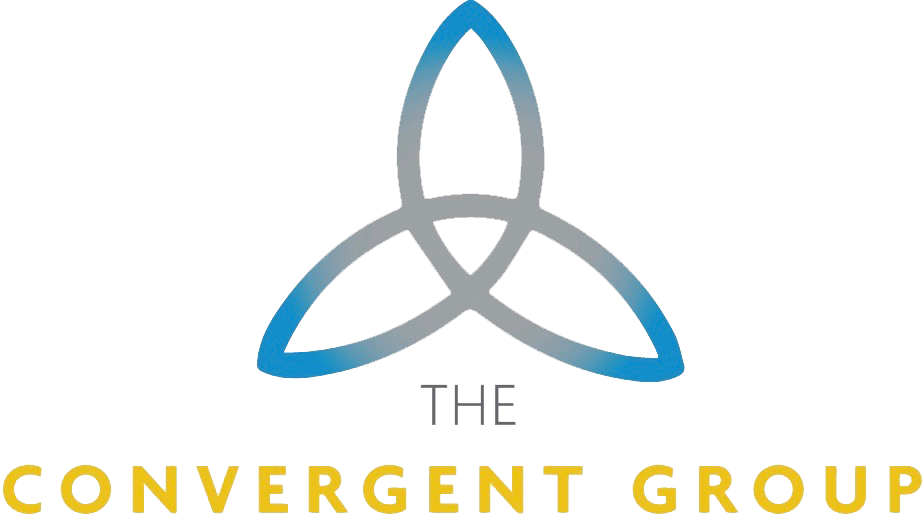The COVID-19 pandemic has undoubtedly brought about significant changes in people’s motivations, both in their personal and work lives. Here are a few ways in which motivations have shifted:
- Focus on health and well-being: The pandemic has highlighted the importance of health and well-being like never before. Many individuals have reevaluated their priorities and now focus more on maintaining good physical and mental health. Consequently, motivations related to work-life balance, self-care, and overall well-being have gained prominence while financial incentives and the impact of increased workloads are more carefully considered.
- Adaptability and resilience: Employees have adapted to new ways of living and working by developing resilience, embracing change, and acquiring new skills to navigate uncertain circumstances. There is an increased emphasis on flexibility, problem-solving, and the ability to handle unexpected challenges.
- Purpose-driven work: The pandemic has spurred a desire for work that is meaningful and purposeful. People are seeking roles and organizations that make a positive impact on society and contribute to the greater good. Motivations now revolve around finding work that aligns with personal values and allows individuals to contribute to causes they care about.
- Remote work and flexibility: With the widespread adoption of remote work, motivations have shifted towards seeking flexibility along with better work-life balance. Many individuals have realized the benefits of remote work, such as saving commuting time, spending more time with family, and having greater control over their schedules. The desire for flexible work arrangements and the ability to work from anywhere has increased.
- Professional growth and learning: The pandemic has created a space for self-reflection and personal development. Motivations related to continuous learning, skill-building, and professional growth have gained significance. Individuals are seeking opportunities to upskill or reskill themselves to stay relevant in a changing job market.
- Connection and collaboration: Social distancing measures have highlighted the importance of human connection and collaboration. Motivations have moved towards building strong relationships with colleagues, fostering teamwork, and finding ways to stay connected in a remote work environment. Virtual collaboration tools and platforms have become crucial in maintaining a sense of belonging.
- Purposeful use of technology: The pandemic has accelerated the adoption of technology across various industries, leveraging technology for productivity, innovation, and finding new ways to solve problems. There is an increased focus on digital skills and utilizing technology to streamline workflows and enhance efficiency.
It’s important to note that these changes in motivations may vary from person to person, depending on individual circumstances and experiences during the pandemic. As leaders and employers, it is crucial to also be adaptable, embrace change, and align policies and initiatives with employee motivations and the new realities of the post-COVID workforce.

